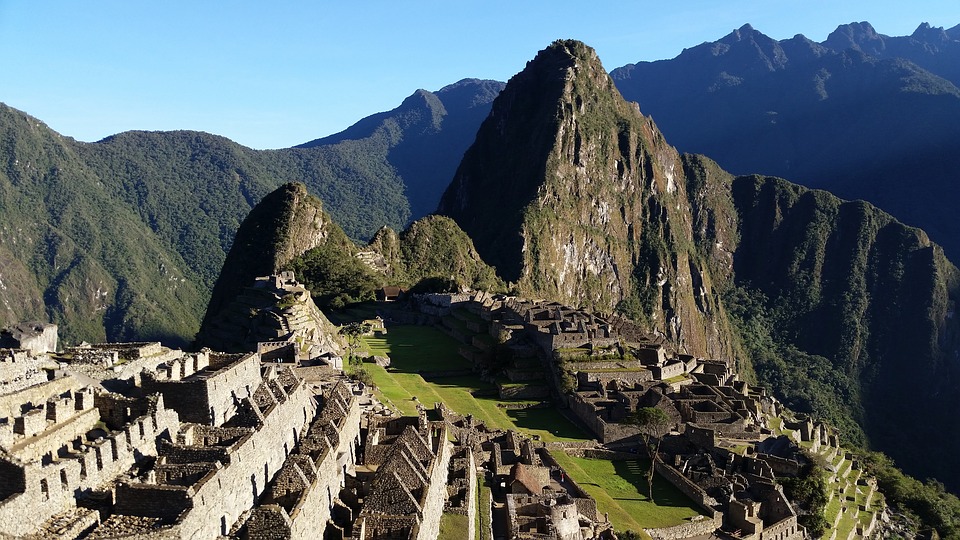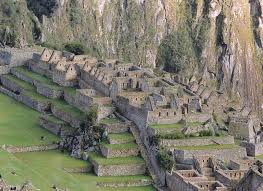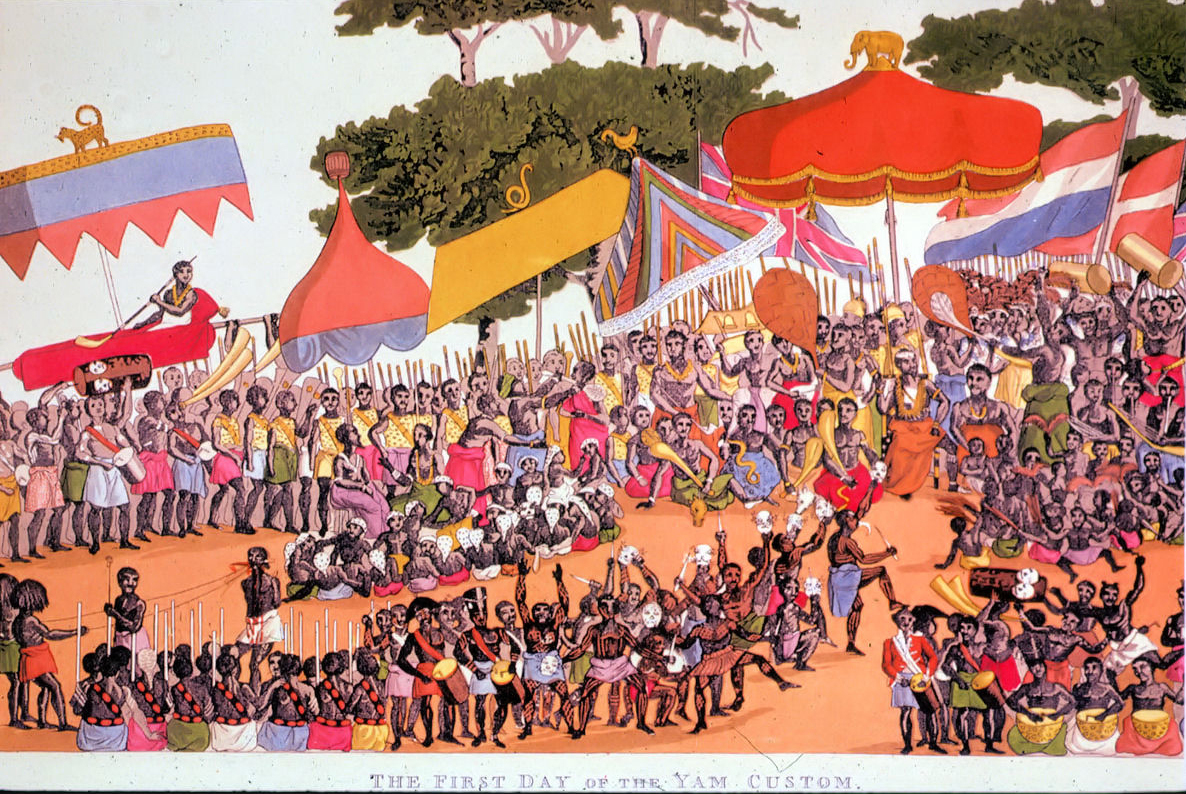Inca Culture and Cultural History |
The Inca culture is part myth and part Peruvian history. Without any written records, the Inca culture becomes almost like a legend. Here's a people that existed for a three hundred year span and ruled almost all of South America for about one hundred years. The real name of the Inca culture is the Quechua culture. It's important to clarify that Inca or Sapan Inca was the name of the king, the emperor or supreme authority of the kingdom. Quechua was the Incas language and based in the name of the language that they spoke; the real name of the Incas culture should be, the Quechua culture. The original way to spell Quechua was, Queswa. Model of Inca CultureThe Inca culture model was clear and simple; it was a free of hunger society. They offer protection to the communities. The Hatunruna or standard citizen knew that he and his family will receive help in case of natural disasters. He knew that all his basic needs were guarantee by the Inca government. The advance Inca Agriculture, the great administration and the evolve Incas society; were the reasons of why they were so quickly accept.
The official language of the empire was Quechua, although hundreds of local languages and dialects of Quechua were spoken. The Inca referred to their empire as Tawantinsuyu which can be translated as The Four Regions or The Four United Provinces. Inca CivilizationAs ancient civilizations sprang up across the planet thousands of years ago, so too the Inca civilization evolved. As with all ancient civilizations, its exact origins are unknown. Their historic record, as with all other tribes evolving on the planet at that time, would be recorded through oral tradition, stone, pottery, gold and silver jewelry, and woven in the tapestry of the people.
The booty they carried home altered the whole European economic system. And in their wake, they left a highly developed civilization in tatters. That a single government could control many diverse tribes, many of which were secreted in the most obscure of mountain hideaways, was simply remarkable. More info on- Incan Traditions and Customs, Religion and Religious Beliefs |





